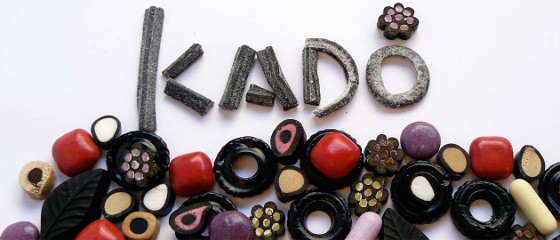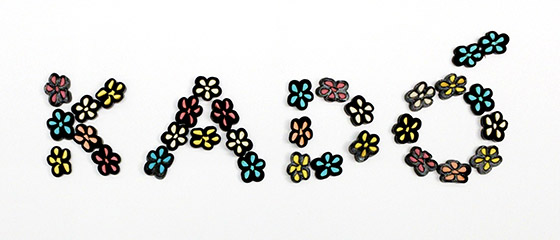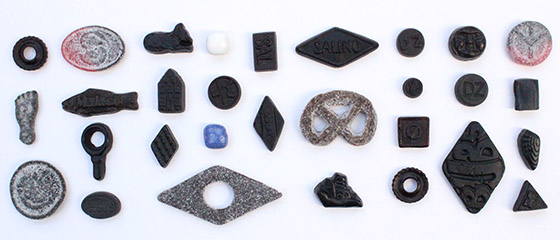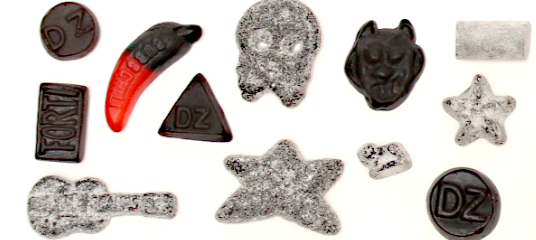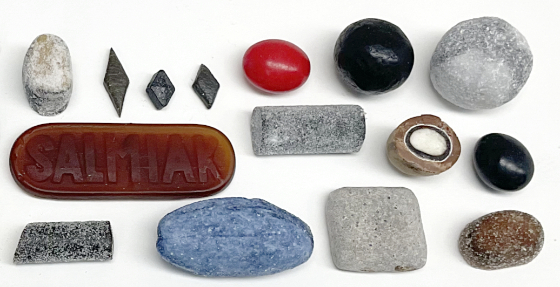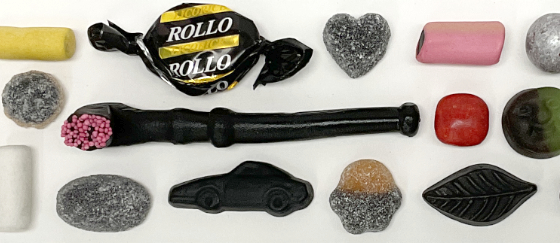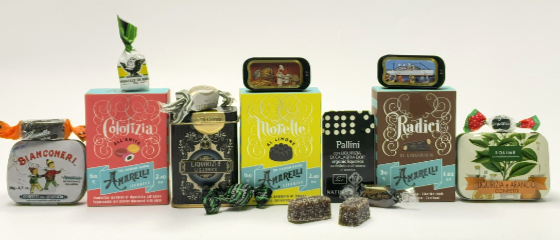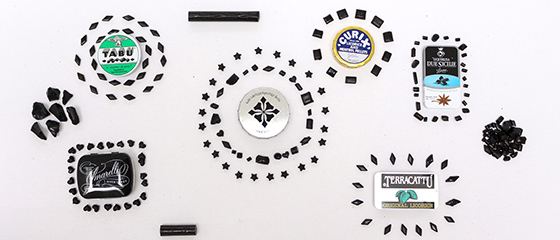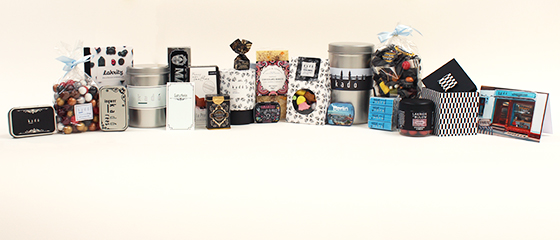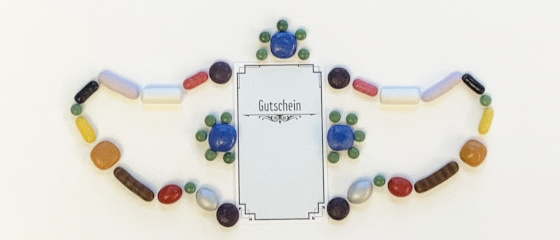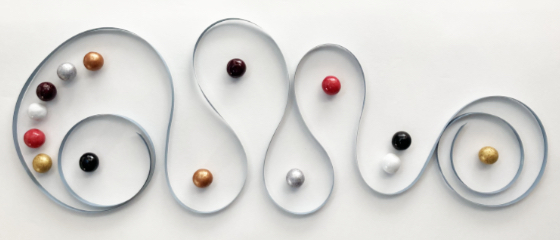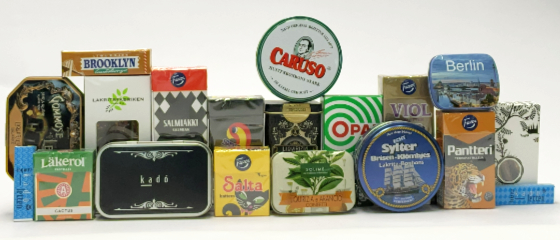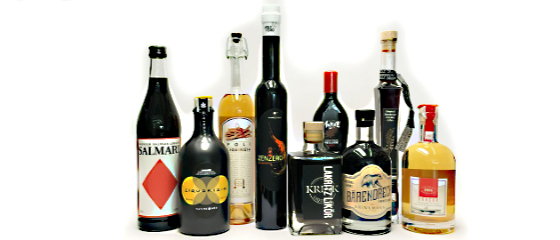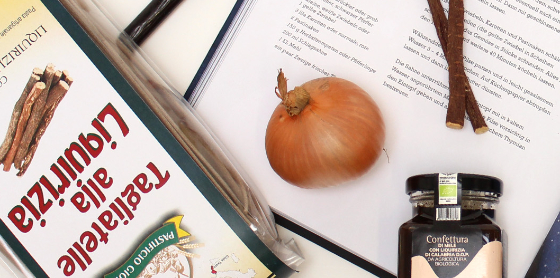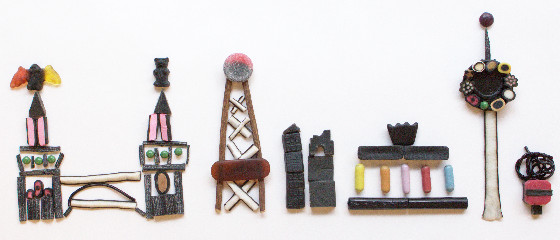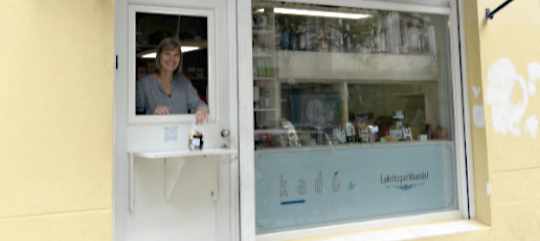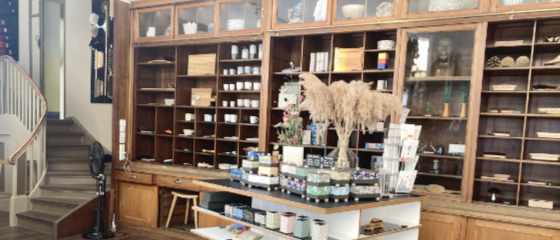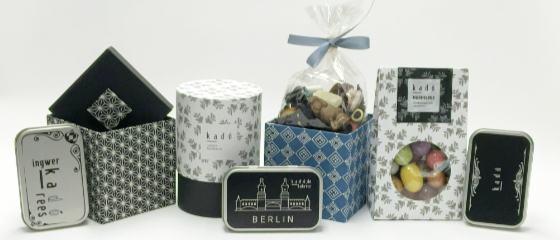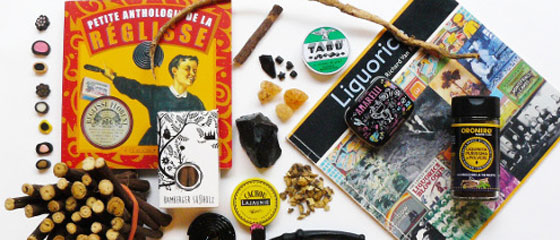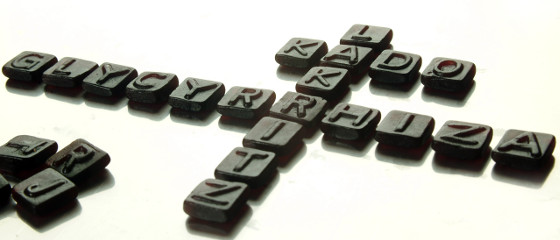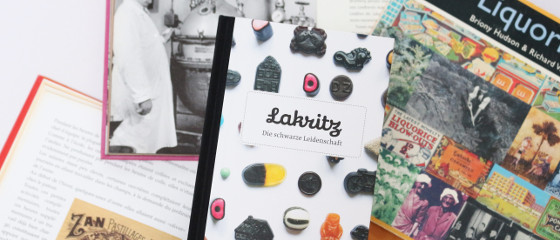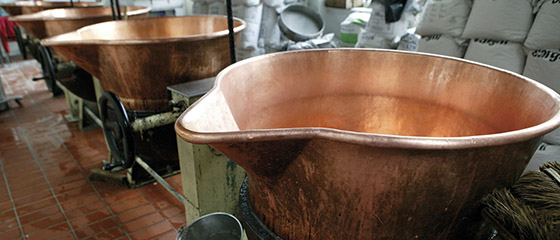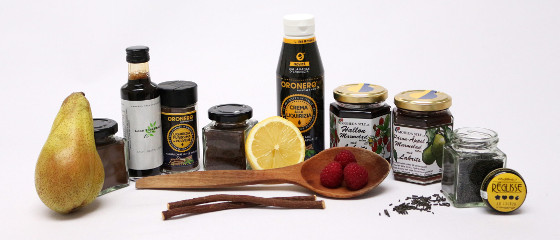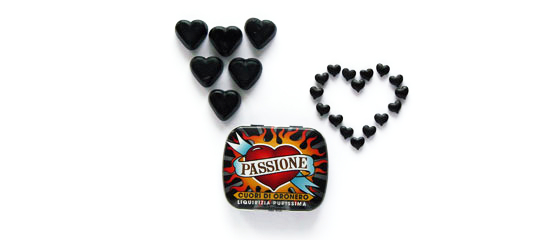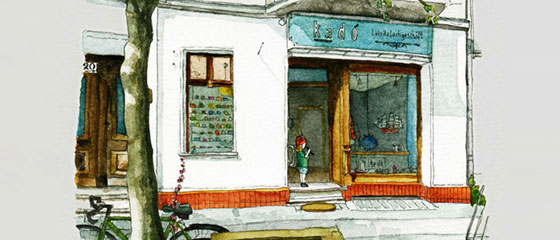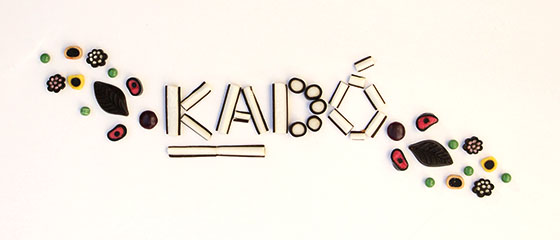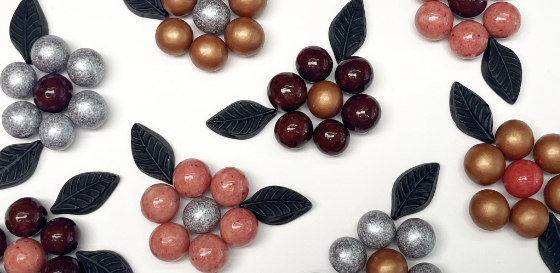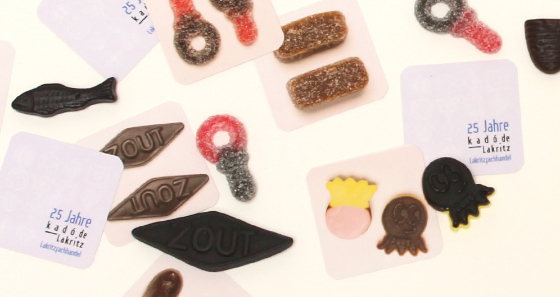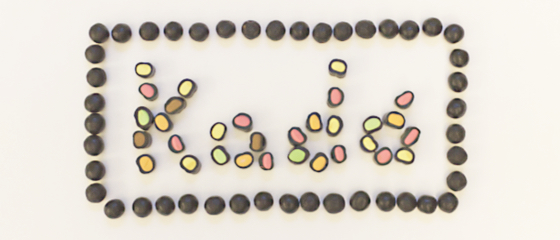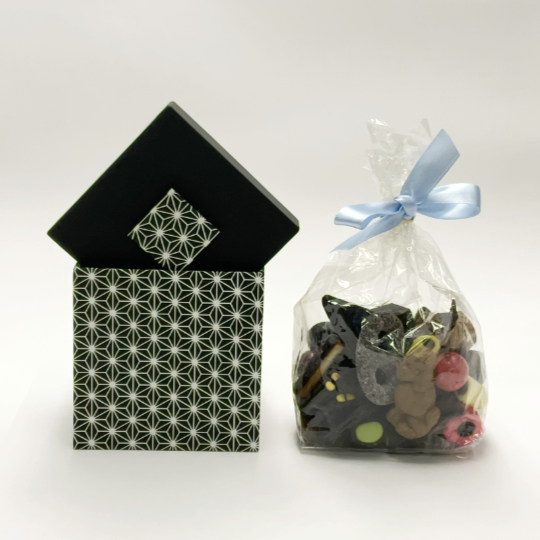| Term | Description |
|---|---|
| Acidifying agent | Acidifiers occur naturally in fruit. In the confectionery industry, they are used to lower the pH value in order to make it more difficult for microorganisms to multiply. Citric acid, lactic acid, potassium citrate and sodium tartrate are used in the production of liquorice. |
| Active substance glycyrrhizin | Glycyrrhizin is a component of liquorice and gives liquorice its typical taste. It relieves coughs, hoarseness and stomach complaints. It has an anti-inflammatory and thirst-quenching effect, but also stimulates blood pressure. Therefore only recommended in moderation, about 100mg/day which corresponds to 50g liquorice/day. |
| Allergen | 14 foods must be labelled as food allergy triggers. Depending on the recipe, one of these 3 allergens may be present in liquorice: peanuts, soy, milk. |
| Anise | Aniseed is a spice and belongs to the umbellifer family. The medicinal plant alleviates stomach complaints. For this reason and because of its own taste, liquorice is often flavoured with aniseed. |
| Bear dirt | The only region in Europe where liquorice is called Bear's Dirt or Oxblood is southern Germany, Austria and Switzerland. Probably because of the black colour. See also liquorice equator. |
| Beewax | Beeswax is produced by honey bees when they build their honeycombs. It is tasteless and is used in the food industry as a coating agent. |
| Best before date | Liquorice can be stored for 12 months in a cool room, loose packed and mixed liquorice for 6 months. Liquorice does not spoil in the sense of being inedible. However, it loses its flavour over time and dries out. It is therefore recommended to decant the liquorice into a glass jar with a lid. |
| Carnaubawax | Carnauba wax is obtained from the Brazilian carnauba palm. A layer of wax covers the leaves, which is scraped off. |
| Colouring agent | Food colouring Food colouring is used for optical colour processing. In the cooking process, the natural colours of the ingredients fade. Food colourings are neutral in taste. Approximately 40 food additives that are harmless to health are used in the food industry and must be labelled. In the case of liquorice, these are sugar caramel E151 (black colour), vegetable carbon E153 (black colour), curcumin E100 (yellow colour), carotene E160b (yellow colour), ammonia sugar caramel E150c (black colour), calcium carbonate E170 (white colour), carmine E120 (red colour). |
| Consistency | The consistency of a liquorice recipe is determined by the cooking process. Whether it should be crunchy, soft or crumbly is determined by the temperature and the gelling agent used, such as gum arabic, gelatine, pectin, starch (corn, potato, rice, wheat). |
| E-number | E-numbers designate the additives that may be added to food in Europe. Additives are thickeners (consistency), colourings (appearance), emulsifiers (binding), preservatives (shelf life), flavourings (taste). |
| Flavour | The addition of flavourings enhances the smell and|or taste of a foodstuff; they are subject to labelling under the Foodstuffs Ordinance. A natural flavouring may only be described as such if it consists of 95 percent natural substance. |
| Gelatin | Gelatine consists mainly of pork rinds and bones, which come from registered slaughterhouses and are boiled at high temperatures and purified several times during the production process. Gelatine is sold as powder or slices and is used as a water-soluble, tasteless thickening agent. |
| Gelling agent | Gelling agents are used for consistency, they thicken a food. Gelling agents in liquorice production can be gum arabic, gelatine, pectin, flour (corn, rice, wheat, potato). |
| Glossing agent | After drying in the manufacturing process, liquorice is coated with a glazing agent so that it does not stick together and looks better. Glossing agents can be: Beeswax, carnauba wax, vegetable oils, shellac. |
| Gum arabic | Gum arabic is a tree resin. To extract it, the trunk of the acacia tree is scratched and the resin that emerges is removed. In the confectionery industry, gum arabic from Sudan is preferred. Gum arabic is tasteless and is used as a thickening agent. |
| Humectant | Humectants prevent the food from drying out. The use of glycerine, maltitol or sorbitol in liquorice production keeps the liquorice consistency smooth. |
| Licorice root | Liquorice, botanically Glycyrrhiza glabra, belongs to the legume and papilionaceous family. Only the roots of the liquorice plant are relevant for liquorice production. |
| Liquorice | Liquorice is a natural plant product of the liquorice root. Its black colour comes from the vegetable carbon dissolved in the cooking process. Pure liquorice tastes sweet-tart, bitter. The consistency is hard as candy. |
| Liquorice as a sweet | Liquorice as a sweet is closely linked to the spread of sugar. It was only when sugar became available cheaply in the form of beet sugar/glucose in the mid-19th century that liquorice became a sweet and salty candy in all its diversity. Liquorice is eaten most in Western Europe. The Finns hold the record with a per capita consumption of 10 kg per year. |
| Liquorice as medicine | The liquorice root is a component of many herbal, stomach and cough teas because of its digestible effect. The glycyrrhizin it contains increases blood pressure. Liquorice has a thirst- and hunger-reducing effect. |
| Liquorice bread | Pane Liquirizia is the first stage of the product obtained from the liquorice root. The "liquorice bread" is produced as an extract in the cooking process. Boiling approx. 100 kg of liquorice roots yields 10 kg of pure liquorice, Pane Liquirizia. |
| Liquorice during pregnancy | During pregnancy and breastfeeding, liquorice consumption should generally be reduced. Depending on the type of liquorice, the glycyrrhizin content varies from low in sweet-mild to high in pure liquorice. If you like to eat salty liquorice, there is also the blood pressure-increasing effect of salt and sal ammoniac on top. When eaten in moderation, liquorice can stimulate the circulation if blood pressure is low. But it can also affect the potassium balance and impair kidney function. |
| Liquorice equator | A not entirely serious "border" that shows where liquorice is eaten in Germany and where not. If you draw a line from Bonn across the country, liquorice is eaten with pleasure above the line and not at all (with pleasure) below it, see Bear Dirt. |
| Liquorice for adults | A maximum of 7.99 per cent salt is permitted in the recipe; this must be labelled in Germany as "Extra strong adult liquorice - not children's liquorice". |
| Liquorice history | The liquorice root is known worldwide and its properties have been described in all medical books since ancient times (800 BC), as well as in Traditional Chinese Medicine, or TCM for short. |
| Liquorice in european | Glycyrrhiza (Greek), Liquirizia (Italian), Reglisse (French), Regaliz (Spanish), Liquorice (English), Liquorice (German-speaking area), Drop (Dutch), Lakrits (Swedish), Lakrids (Danish), Lakris (Norwegian), Lakritsi (Finnish), Lakkris (Icelandic) |
| Liquorice ingredients | Glucose syrup, sugar, gelling agent, liquorice root extract (Pane Liquirizia), humectant, acidifier, flavouring, food colouring, glazing agent. |
| Liquorice root | Liquorice, botanically Glycyrrhiza glabra, belongs to the legume and papilionaceous family. Only the roots of the liquorice plant are relevant for liquorice production. |
| Liquorice varieties | Sweet or salty liquorice recipes are cooked. The main ingredient is glucose syrup. The addition of gelling agents, flavours and spices determine the taste and consistency of the respective liquorice variety. |
| Occurrence liquorice | The liquorice shrub prefers plus degrees in winter and also grows wild in France, Italy, Spain, Greece, Turkey, Iran, Iraq. |
| Pectin | Pectin is found in solid plant components such as stems, peels and leaves. When fruit is boiled down, gels or jelly are formed. In the food industry, pectin is used as a gelling agent. |
| Production | Liquorice is cooked. First, the Pane Liquirizia is extracted from the liquorice root, then the liquorice extract is processed with other ingredients to make a sweet or salty liquorice recipe, depending on taste. |
| Salmiac | Salmiak (ammonium chloride) is a rock salt. It is industrially produced for the food industry, a white sour-salty tasting fine granulate. A maximum of 7.99 percent salt is permitted in the recipe, this must be labelled as "Extra strong adult liquorice - not children's liquorice". |
| Salmiac pastilles | The salmiak pastille is the best-known salt lozenge in Germany. The small lozenges combine the smoothness for the throat of natural licorice with the anti-inflammatory effect of salmiak salt. |
| Salty Liquorice | In northern Europe, people like to eat salty liquorice. Salt (sodium chloride), sea salt or salmiak salt is added to the liquorice. A maximum of 7.99 per cent salt is allowed in the recipe, this must be labelled as "Extra strong adult liquorice - no children's liquorice". |
| Shellac | Shellac is a resin secreted by the scale insect after it has fed on the sap of certain trees (poplar fig, jujube) in India and Thailand. The resin that has become solid is cut off the bark. |
| Sugar free | In sugar-free liquorice recipes, sugar is replaced by sugar substitutes that taste sweet but are excreted by the body without being metabolised. |
| Sugar substitute | Sugar substitutes have no nutritional value, taste sweet and are not metabolised by the body or are simply excreted. In the confectionery industry, sorbitol, maltitol, xylitol and stevia are used for sugar-free liquorice. They can have a laxative effect. |
Neue Lakritze bei kadó
Shopping at kadó
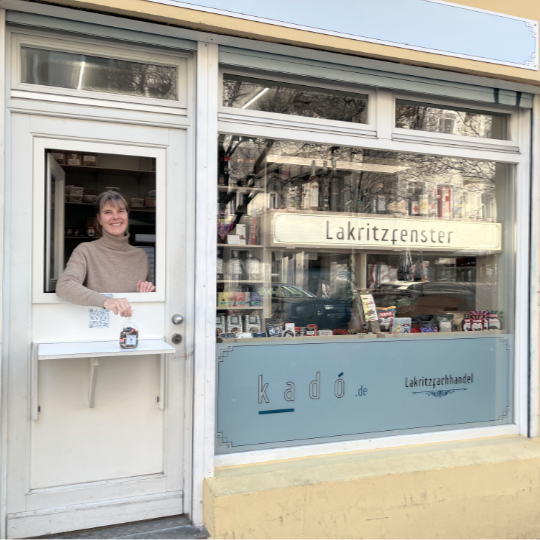
goes like this ...
Behind the scenes
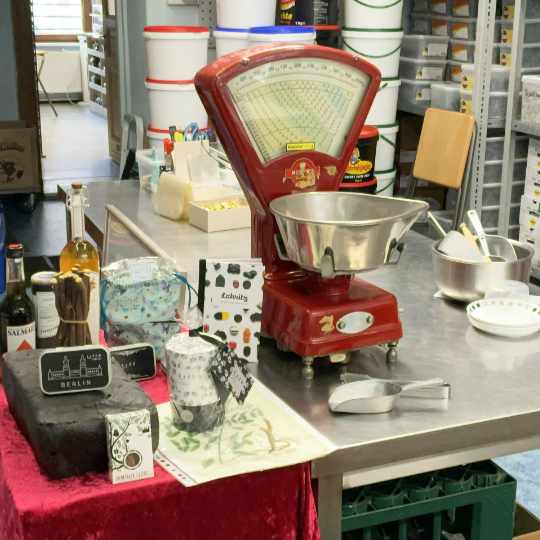
kadó for present
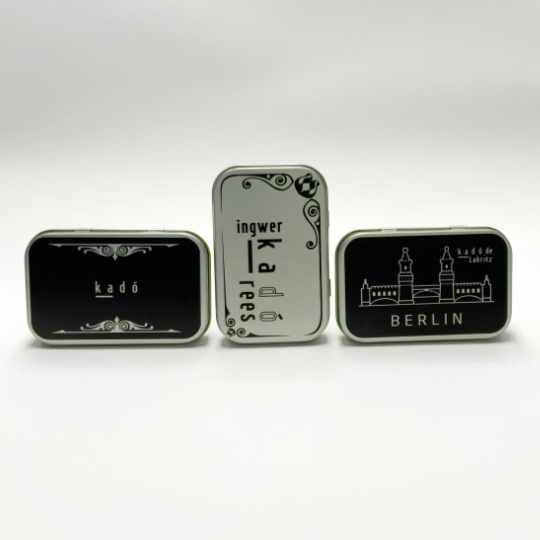
We will gladly advise you
Recommendation
kadó on Pinterest
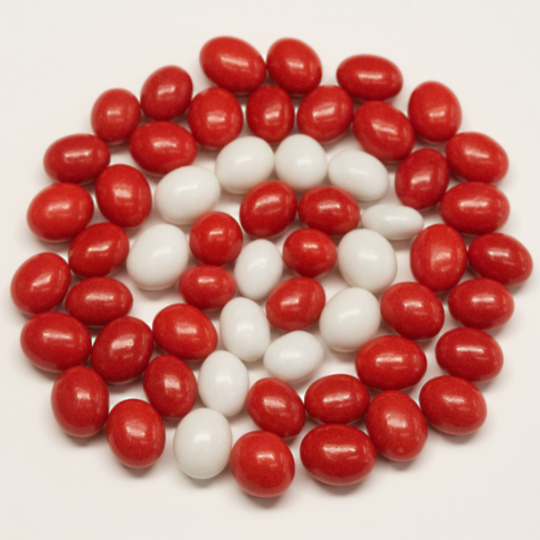
Follow us on Pinterest!

